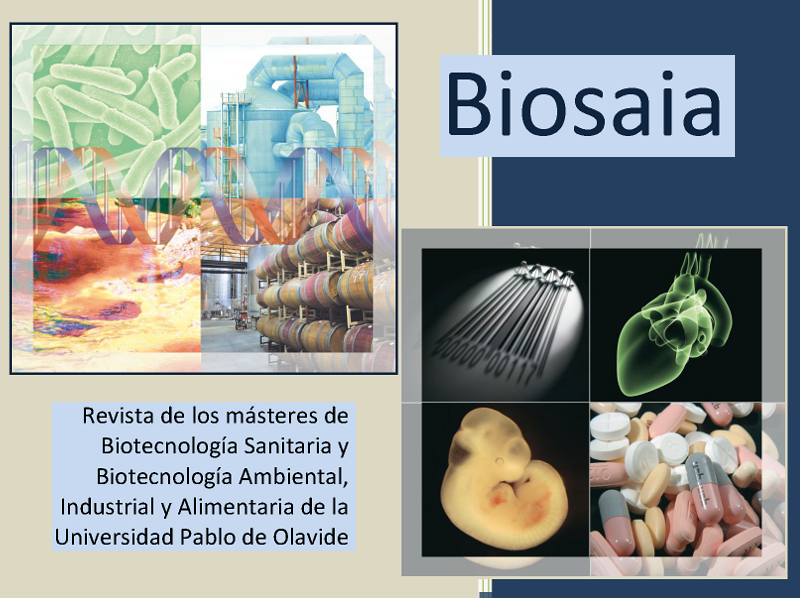Study of physico-chemical parameters in smallscale craft beer production
Palabras clave:
pH; density; craft beer.Resumen
In this past decade, the craft beer market has been gaining importance from large national and
international beer breweries, especially micro-breweries and brew pubs. The evidence of this
competition is the fact that many large companies’ advertisements remind the public that their
roots were originally a microbrewery (1,2).However, the smaller budget of microbreweries in
comparison to large companies, requires greater efficiency because a big loss for a small
business would be a significant cost which could affect the competitive power of the company
in the market.
In our microbrewery we have been studying different physico-chemical parameters (pH and
density between others), changing critical steps in the elaboration of the different craft beers
and analysing which factors influence these parameters the most, with the objective of making
the beer production much more efficient. At the same time, we are going to compare these
parameters between the different types of beers that we produce in the factory.
Our results show that the pH is slightly more acidic in beers that use a lower proportion of
Pilsen-type malts. In relation to density it seems to be the opposite, the higher of this
proportion of this type of malt, the higher the density. Furthermore, some correlation has been
observed between the degree of milling and the density, with a higher degree of milling of the
grain the higher the density is in the wort which allows to use less malt for the same volume,
something that can have beneficial economic repercussions.
Another problem that we found in this kind of industries it's the contamination of the final
product. However, we have designed a plan for waste management that consists in all the
contaminated beer previously analysed, is distilled in an alembic that extracts the ethanol from
this useless product, that could then be used to make different valuable alcoholic drinks (gins,
vodkas, whiskies, liqueurs). The point of this waste management plan is to reduce the costs as
well as improve the efficiency. We observed that the higher the alcoholic strength of the
substrate to be distilled the greater the alcoholic strength of the final product. At the same time,
the higher the volume to distill the longer it takes to start producing the final product.
Descargas
Citas
Tellistrom, R., Gustafsson, I. and Mossberg, L. (2006), “Consuming heritage: the use of local food culture in
branding”, Place Branding, Vol. 2 No. 2, pp. 130-43.
Alonso, A. (2011), “Farmers’ involvement in value-added produce: the case of Alabama growers”, British Food
Journal, Vol. 113 No. 2, pp. 187-204.
Descargas
Publicado
Cómo citar
Número
Sección
Licencia
Derechos de autor 2021 Biosaia: Revista de los másteres de Biotecnología Sanitaria y Biotecnología Ambiental, Industrial y Alimentaria

Esta obra está bajo una licencia internacional Creative Commons Atribución-NoComercial-CompartirIgual 4.0.





